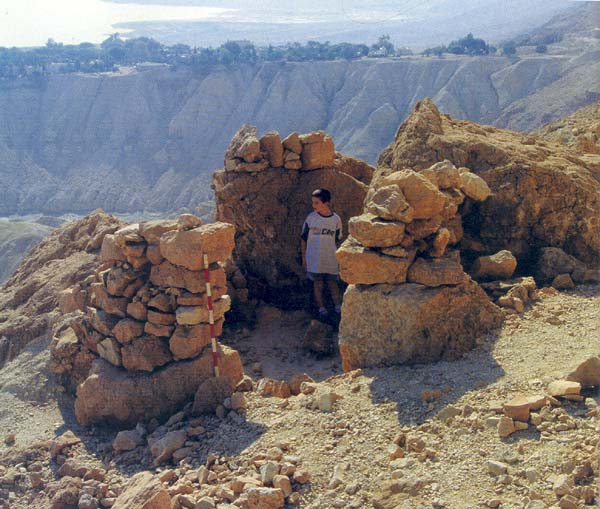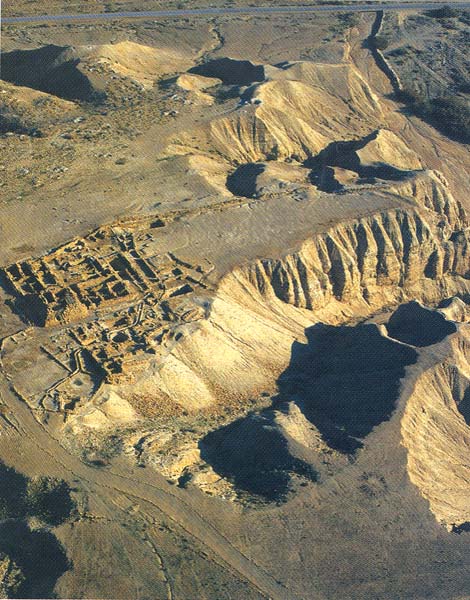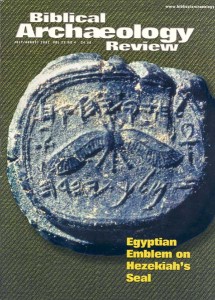
Most Dead Sea Scroll scholars agree that Qumran, the settlement near the caves where the scrolls were found, was inhabited by Essenes, an anti-Temple Jewish sect in the years before the Roman destruction of 70 C.E. A stalwart minority of scholars maintains, though, that the evidence is insufficient—that in fact Qumran was not an Essene settlement. Among them is Israeli archaeologist Yizhar Hirschfeld.

Most scholars agree that the word “Essene” does not appear in the scrolls.1 Nor does any inscription from the site say that it is an Essene settlement.a The Essenes are known chiefly from the writings of two first-century C.E. Jewish writers, the historian Josephus and the philosopher Philo of Alexandria. Neither indicates that the Essenes have a home in the desert, however; on the contrary, the Essenes are described as living in many villages and towns of Judea. The only reference to Essenes living in the desert comes from the first-century C.E. Roman encyclopedist Pliny the Elder:
Already a library member? Log in here.
Institution user? Log in with your IP address.

